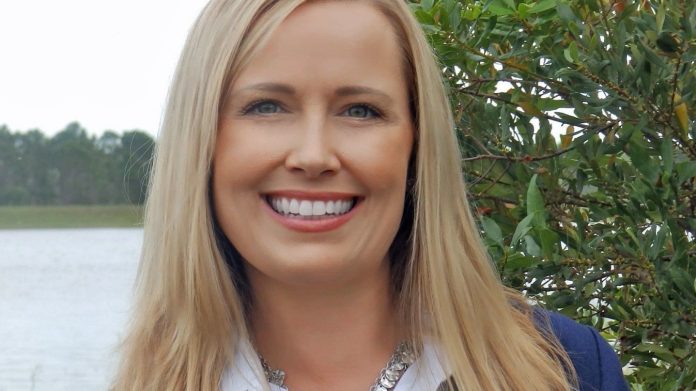With summer coming to an end and algal blooms still occurring, it’s time to consider all of the solutions to our state’s complex water quality problems. This includes storing water on land north, east, west and south of Lake Okeechobee and using available technology. Emergency wells to protect estuaries are one of the most efficient ways to relieve pressure on Lake Okeechobee and the Caloosahatchee and St. Lucie Estuaries while additional water storage projects come online.
Many people don’t realize that the Everglades begins near Orlando, and often when it rains in South Florida, it rains in Orlando, too. When we get too much rain, we run out of places to store the water. Heavy rains inundate the watershed north of Lake O. with nutrient-rich urban, industrial, sewage, and agricultural runoff. Heavy rains and incessant runoff are raising the level of Lake Okeechobee, putting the Herbert Hoover Levee at risk of failure. The Army Corps of Engineers is then forced to divert fresh water from Lake O. into the St. Lucie and Caloosahatchee estuaries, as there are currently no other options.
Rather than being treated like the heart of the Everglades, Lake Okeechobee is used as a catchment area for water from a 3.5 million-acre watershed. Figures from the South Florida Water Management District show that over the past five years, on average, 95 percent of the water that entered Lake Okeechobee came from northern basins and contributed 92 percent of the phosphorus and 89 percent of the nitrogen to the lake.
We must support the Northern Everglades restoration projects just as we have supported the Everglades Agricultural Area Reservoir. Completion of these projects will help store and treat water before it enters Lake Okeechobee and stem discharges by preventing lake levels from rising too quickly.
Lake O.’s discharges are detrimental to estuaries, but when lives are at stake, the hands of the Army Corps are tied. We have the tools and knowledge to protect lives and our estuaries by injecting excess water into deep injection wells 3,000 feet deeper into the “Boulder Zone.” This does not endanger our water supply, as a barrier layer separates the scree zone from the aquifer.
This technology has been used since the 1930s. Nearly every county in South Florida uses deep injection wells – about 200 have been in operation for more than three decades.
The SFWMD has proposed building additional wells that could hold 15 million gallons of water per day while other more expensive long-term Everglades restoration and water storage projects are completed.
We need immediate help and long-term storage projects. The District will work with us to provide both.
Anyone who has witnessed the environmental degradation in our estuaries would be foolish not to support this proven technology to reduce Lake Okeechobee discharges.
Solving Florida’s sanitation problems requires a multifaceted approach. Refusal to look at the northern Everglades reclamation projects or the wells protecting estuaries only sets us further behind.
OLYMPUS DIGITAL CAMERAUser Upload Caption: Nyla Pipes – Original Source: Handout
Nyla Pipes is the director of the One Florida Foundation in Port St. Lucie.
www.orlandosentinel.com
https://www.orlandosentinel.com/2018/10/19/a-fix-to-save-everglades-lake-okeechobee-floridas-plumbing-problem/














